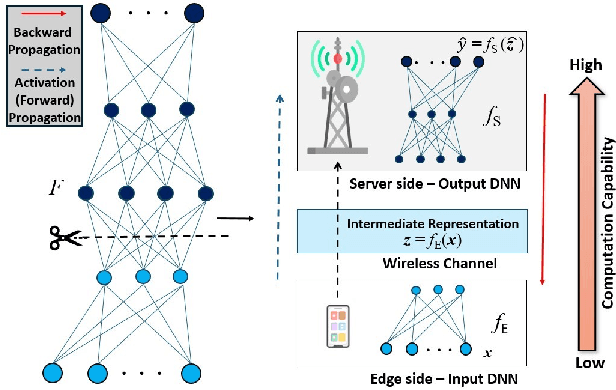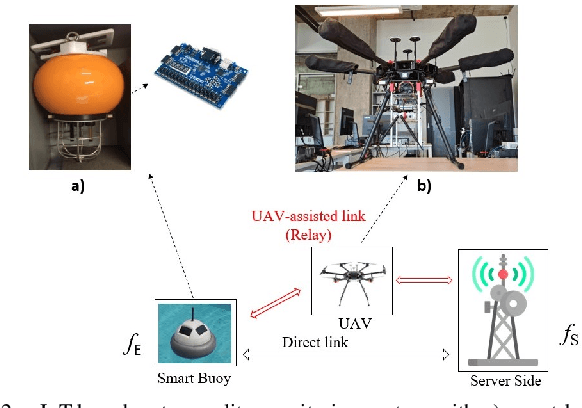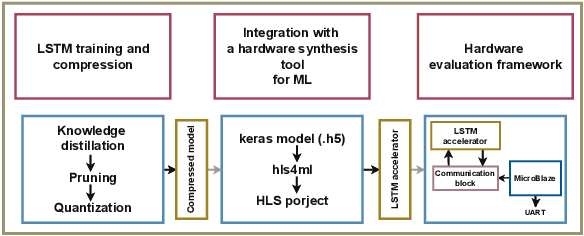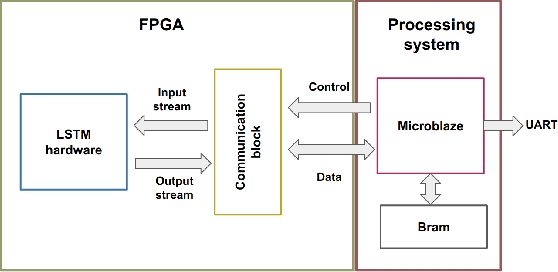Efficient Split Learning LSTM Models for FPGA-based Edge IoT Devices
Paper and Code
Feb 12, 2025



Split Learning (SL) recently emerged as an efficient paradigm for distributed Machine Learning (ML) suitable for the Internet Of Things (IoT)-Cloud systems. However, deploying SL on resource-constrained edge IoT platforms poses a significant challenge in terms of balancing the model performance against the processing, memory, and energy resources. In this work, we present a practical study of deploying SL framework on a real-world Field-Programmable Gate Array (FPGA)-based edge IoT platform. We address the SL framework applied to a time-series processing model based on Recurrent Neural Networks (RNNs). Set in the context of river water quality monitoring and using real-world data, we train, optimize, and deploy a Long Short-Term Memory (LSTM) model on a given edge IoT FPGA platform in different SL configurations. Our results demonstrate the importance of aligning design choices with specific application requirements, whether it is maximizing speed, minimizing power, or optimizing for resource constraints.
 Add to Chrome
Add to Chrome Add to Firefox
Add to Firefox Add to Edge
Add to Edge